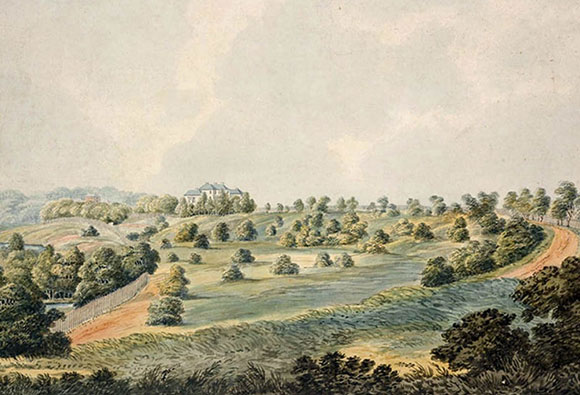1822 - Parramatta
The Early Years
Where it all began
Our History
"Agriculture is the great art of directing and aiding nature in the performance of those functions which were designed by Providence for the comfort and assistance of man."
- Lewis Cass
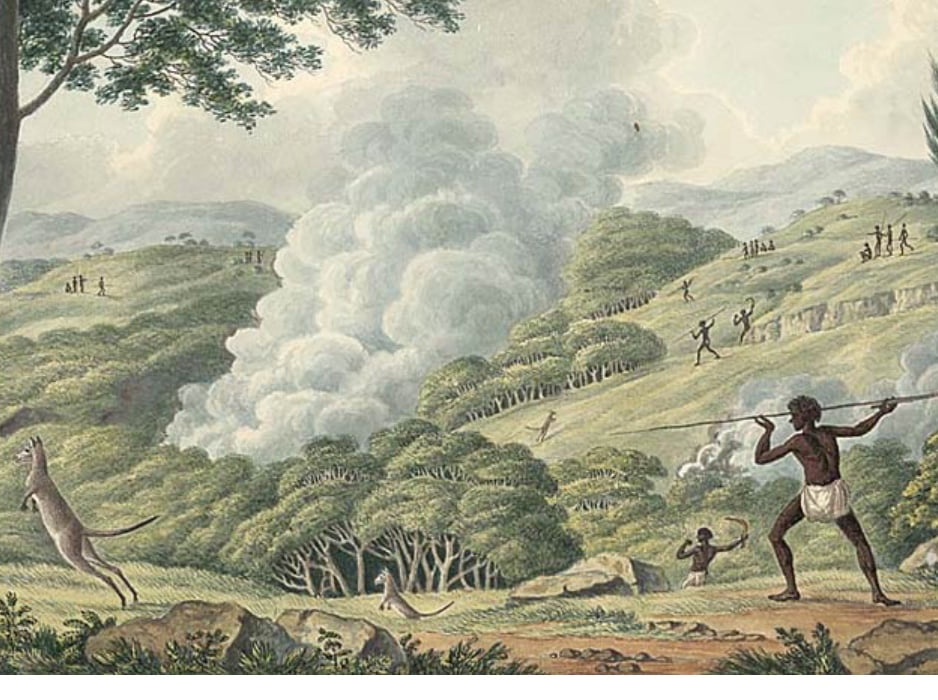
Background and Beginnings
1822 – Parramatta, Burrumada
Throughout Australia, Aboriginal people had successfully managed use of native plants and animals for sixty thousand years or more, curating the landscape to sustainably suit their needs. In some areas Aboriginal people helped the colonists by guiding them through Country, locating water sources, providing food, and sheets of bark for building. Other groups resisted invasion fiercely.
Changed conditions in Britain at the end of the Napoleonic Wars (1803-1815) resulted in a population boom in NSW as convict transportation surged and a few ex-military personnel with a little capital behind them arrived to try their luck as free settlers. Local demand for animals and produce increased, and entrepreneurial types saw new opportunities. If exports like wool and horses could be found to fill the holds of returning ships, the colony might prosper.
Ex-convict farmers who hoed their small, stump-dotted paddocks and let their cattle and pigs run in the bush had provided well for the colony up to this point, but it seemed unlikely they could meet the demands of the future.
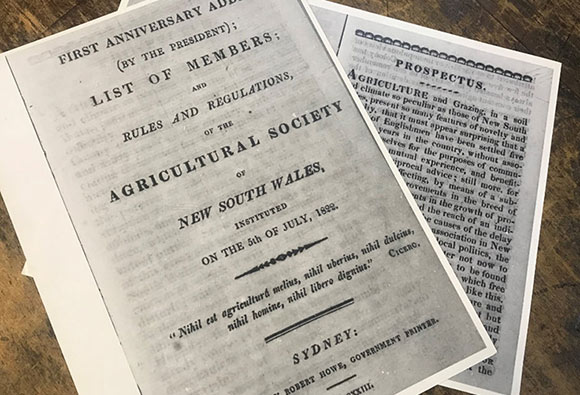
The Society is born
5 July 1822
Acknowledging that the challenges of agriculture in New South Wales could not be solved by individuals alone, the new Society believed innovative thinking and a new collegiate approach was required. It called for;
- action to improve breed stock and pasture grasses
- husbandry through cooperative effort
- the application of scientific methods
- the sharing of knowledge through education
- the fostering of improvement through encouragement and competition
- reward for excellence
To that end, the Society announced it would hold annual exhibitions of stock and produce, where people could compete for prizes and exchange information.
"An Annual Shew of Stock, and Exhibition of Samples of Wool, Seeds, Implements, or any other Articles tending to the Improvement of Agriculture, shall be held at Parramatta, on the first Wednesday in October, to be open to the Public, for Premiums to be given as a Reward for Improvement or Superiority, in such manner as the Society may, from time to time, offer and direct."
- Prospectus of the Agricultural Society of New South Wales, instituted on 5 July 1822
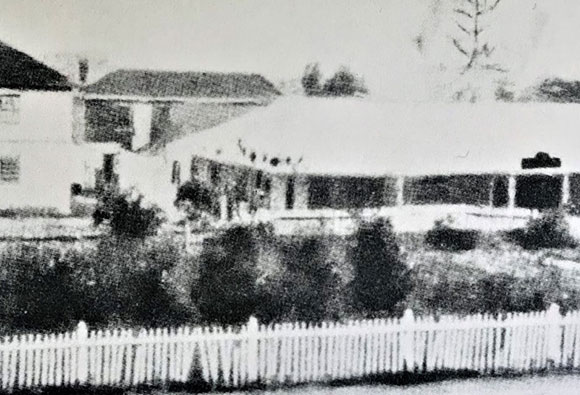
1823
The First Show
"…[T]he public spirit of breeding and grazing appeared this day to be practically influenced by the encouragement and example of the Agricultural Society."
- The Sydney Gazette and New South Wales Advertiser, 9 October 1823
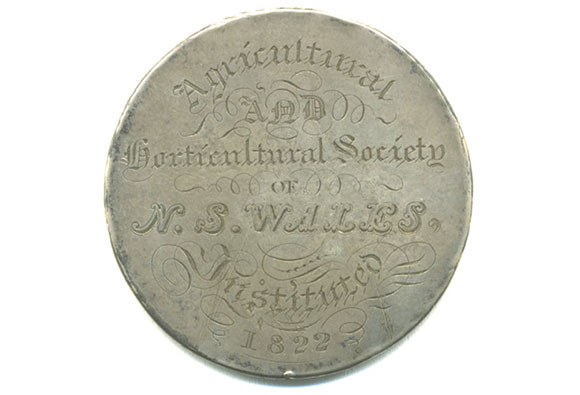
Success
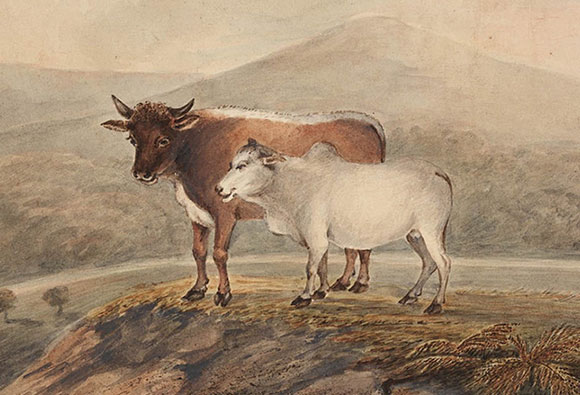
1828 - 1834
Drought and decline
